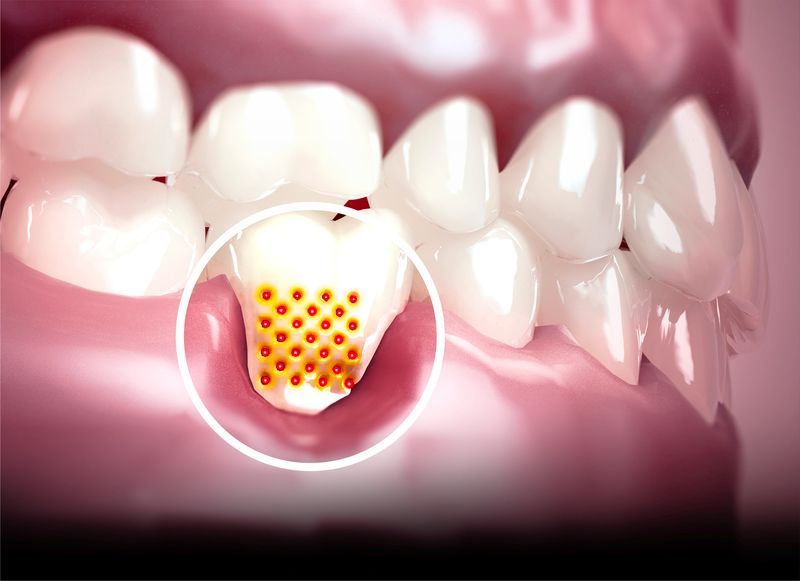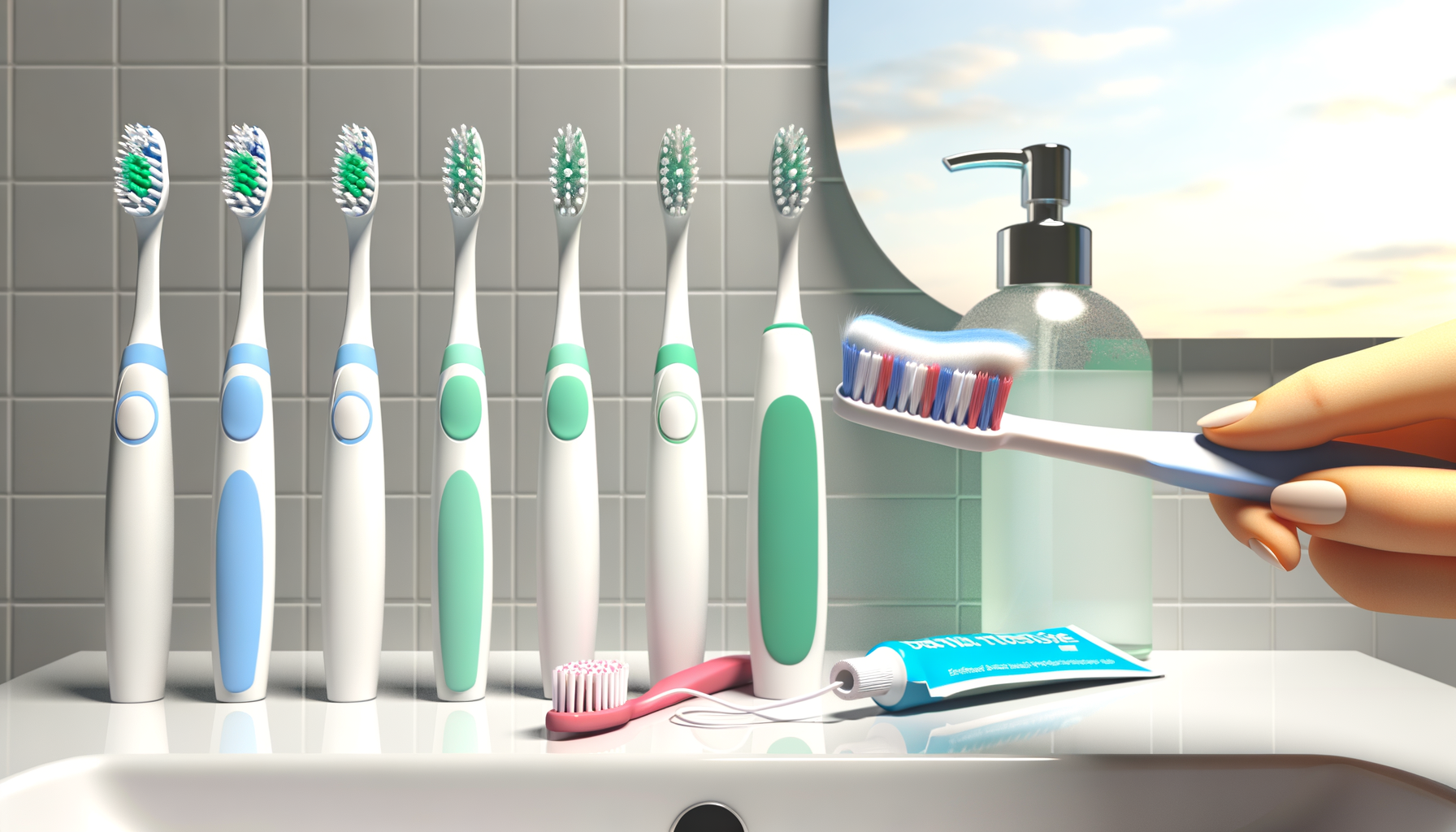Don’t put off that filling!
Nov 20, 2013
The saying goes, “Don’t put off until tomorrow, what you can do today.” In dentistry this is even more important as putting a filling off can result in more decay to your tooth. In today’s blog post we will examine some of the consequences of putting off a filling.
Types of Fillings
Our Evanston dentists will recommend a filling for one of several reasons: decay, abfraction, cosmetic, or preventative to name the most common. Fillings that are due to decay, abfraction, or preventative should not be put off as the conditions that warranted the fillings will progressively get worse with time. A filling done for cosmetic reasons is the only filling that may be planed further in the future. Sometimes the cosmetic issue is a symptom of a larger problem. So when your dentist recommends a filling, find out why. The best way to find out how urgently a filling needs to be done is to ask your dentist.
Decay
Tooth decay is caused when the bacteria in your mouth produce acid which eats away at your tooth structure. When this process of removing your tooth structure occurs quicker than the calcium in your saliva and the fluoride in your toothpaste can remineralize your teeth, a hole in your tooth structure is created. Our dentists believe in minimally invasive dentistry and recommend filling any spots of tooth decay as soon as necessary. You may not feel any pain at this point as there is a minimal amount of tooth structure that has been removed. When the decay is allowed to spread, more of the tooth structure is removed.
Eventually the bacteria and acid are able to reach into the soft dentin and then through to the nerve of your tooth. Usually once there is a hole in your enamel, the bacteria can get into the dentin without having to do more damage to your enamel. Demineralization of the interior of your tooth will show up on an x-ray even if you can’t see it from the outside of your tooth.
For a filling that is due to decay, it is best to have it taken care of as soon as possible. Putting off a filling may result in the decay spreading to a larger area. The decay also weakens your tooth structure, so a small filling, when combined with daily stressors such as eating hard food and grinding and clenching, may cause your tooth to break. In an absolutely worse-case scenario, the decay can get to your nerve and you would need root canal therapy.
Abfraction
Abfraction lesions appear close to the gum line. They are thought to be caused by uneven forces being applied to your teeth by an uneven bite. These lesions may get worse over time and increase the likelihood of your tooth breaking. By applying a tooth colored filling to the abfraction, the tooth structure is strengthened. In some cases, the dentin is exposed and this causes you to experience sensitivity. In this case, filling the abfraction can reduce your sensitivity.
Preventative
Preventative fillings are fillings that are placed to protect your teeth – specifically on molars. The anatomy of molars is complex with grooves and pits that your toothbrush can’t always reach. Often dentists recommend sealants to protect these grooves and pits from being exposed to decay. In some cases a filling is a better option and should be applied as soon as possible. Once a decayed spot is discovered, a sealant cannot be used and your tooth structure has been compromised. Placing a preventative filling allows your tooth structure to remain intact and to keep your teeth as strong as possible.
Cosmetic
Cosmetic fillings are more often called restorations as they are usually done to restore a chipped tooth. Cosmetic fillings are not necessary to do right away and are the only fillings that you could delay for any length of time. Generally, when you have a chipped tooth, especially one that keeps chipping, there is an underlying cause – such as grinding or clenching. Fixing the chip with a cosmetic filling may fix the sharp edge, but it won’t fix the cause.
No matter what type of filling you may need, your dentist will be able to help walk you through the process and let you know what to expect. Having a filling done when it is smaller will help save you time, pain, and money. In all things, dentistry is better for you if you take preventative measures.
The post Don’t put off that filling! appeared first on Stephens Dentistry.




Join Our Elite Dental Family

©2022 Stephens Dentistry. All Rights Reserved.

